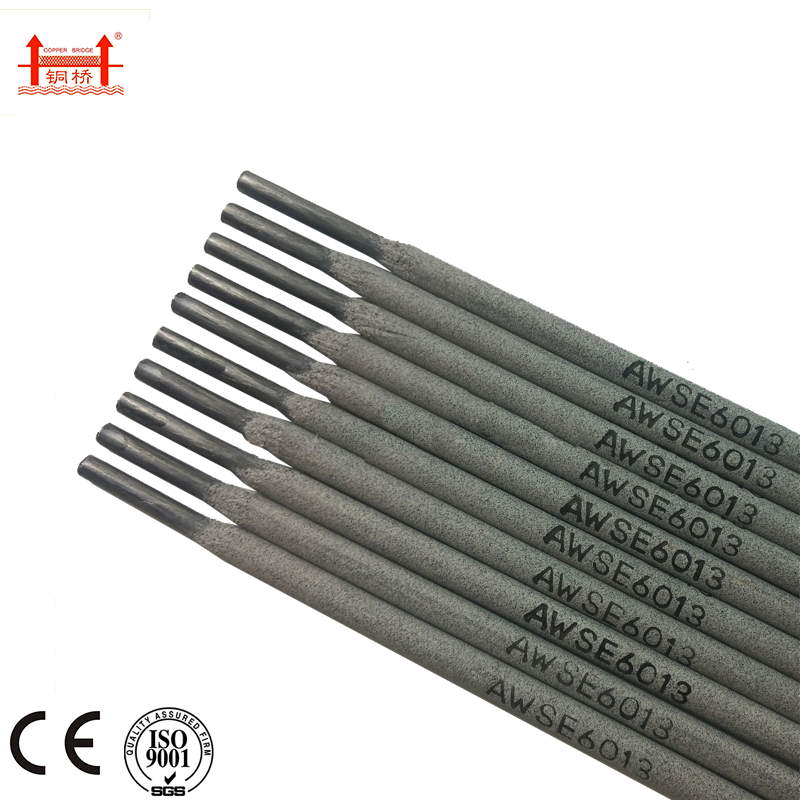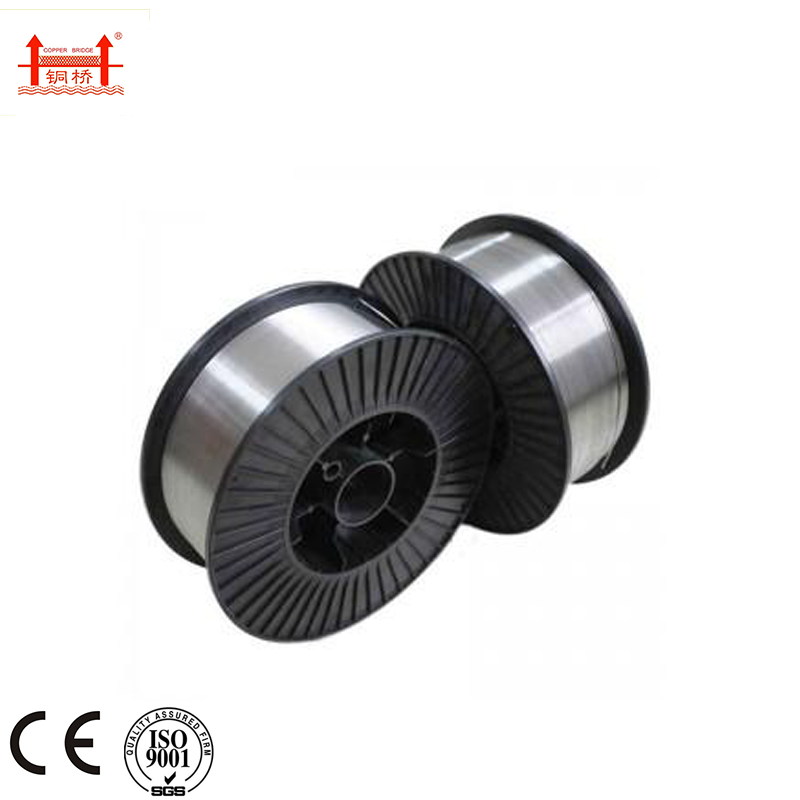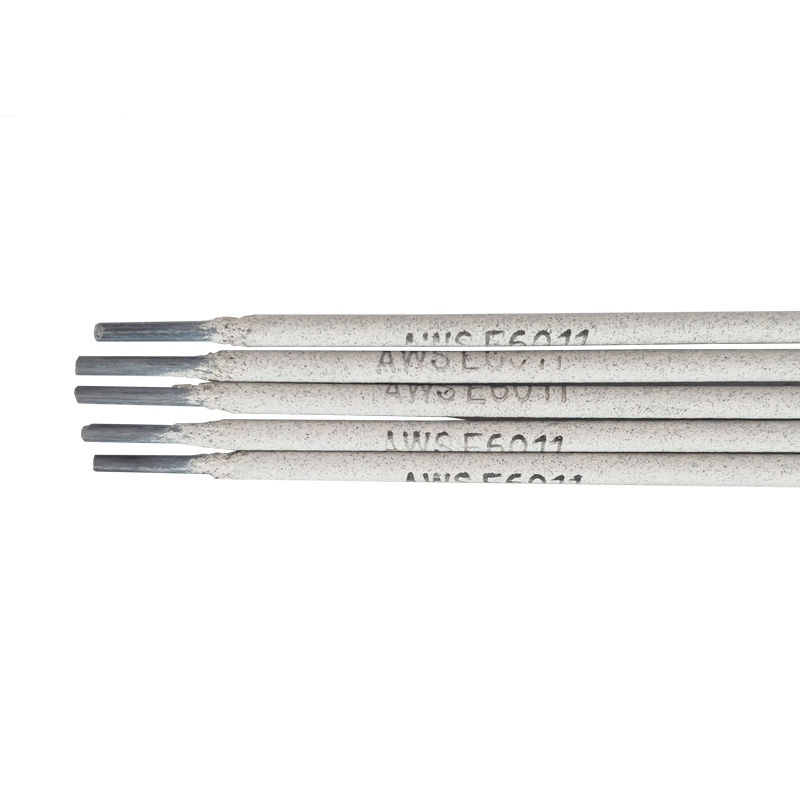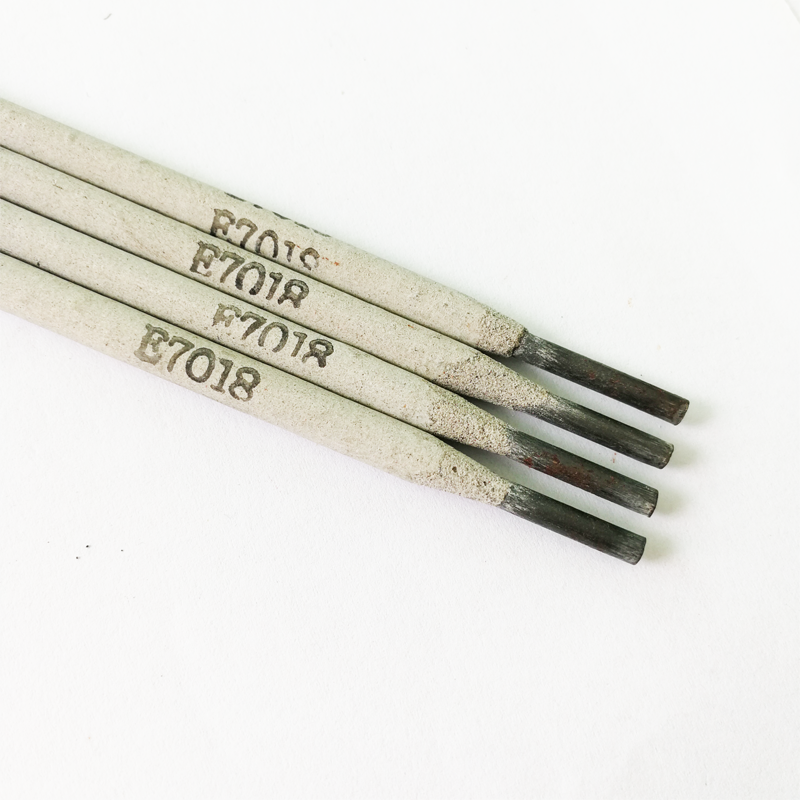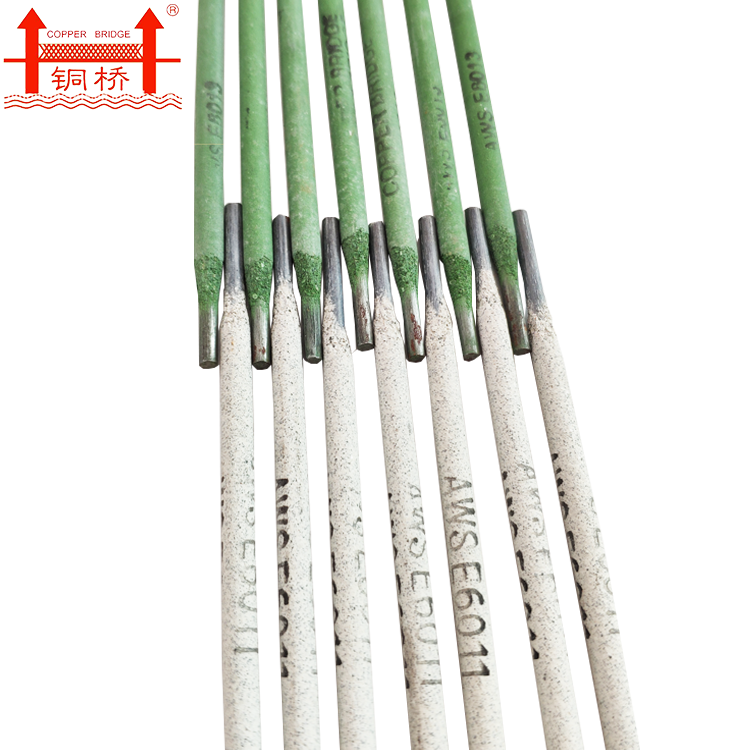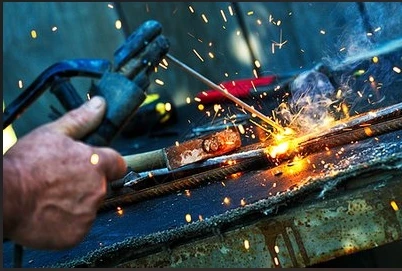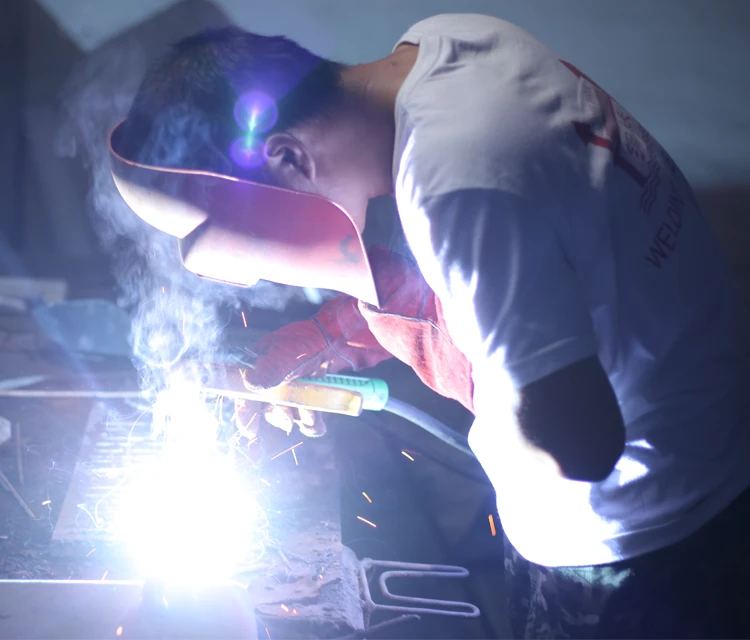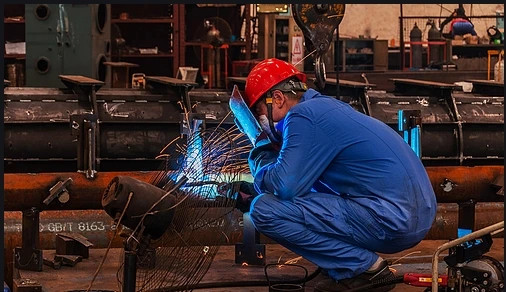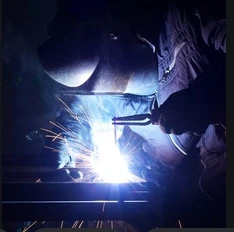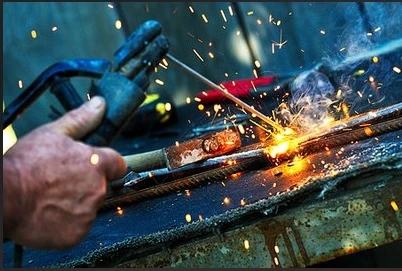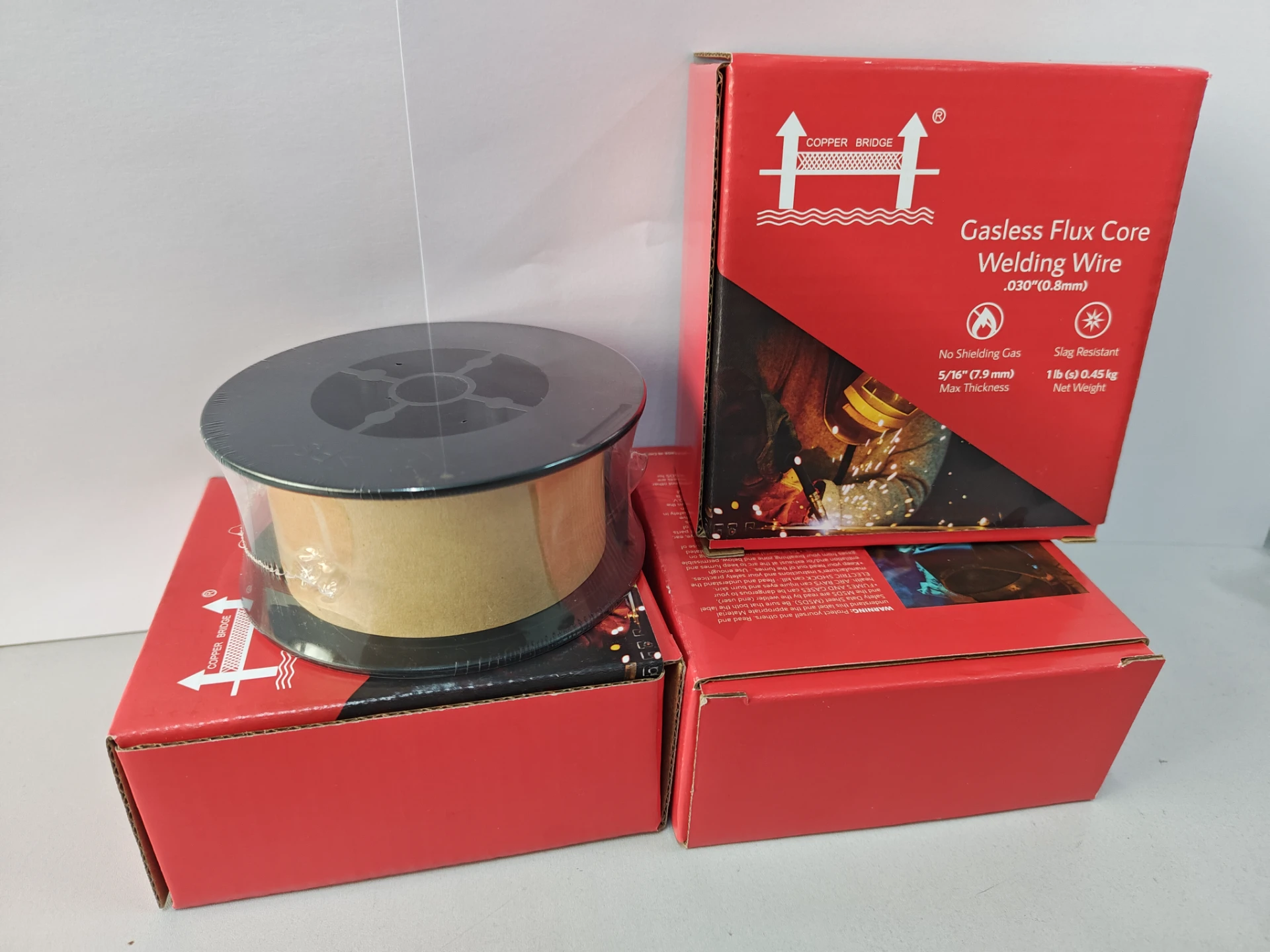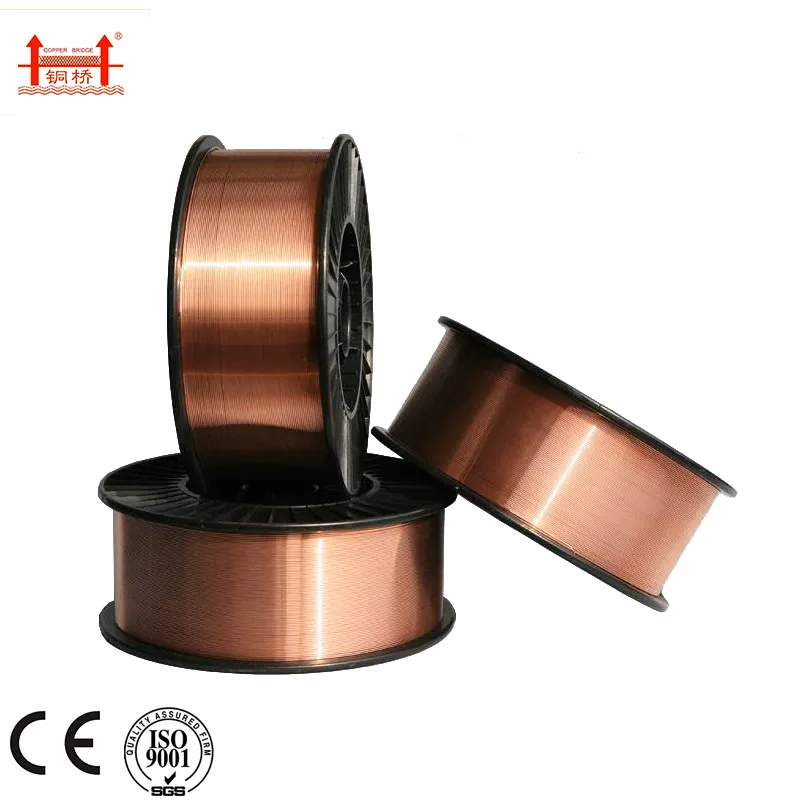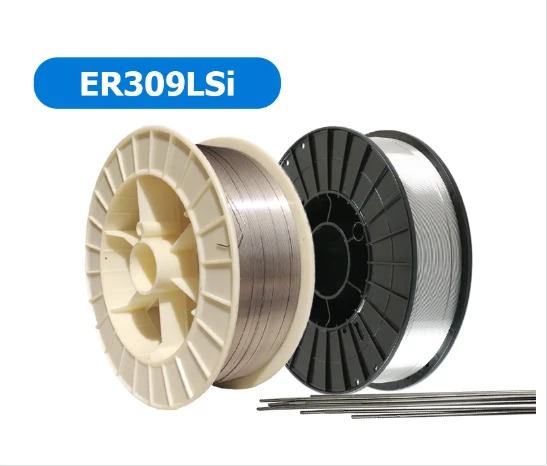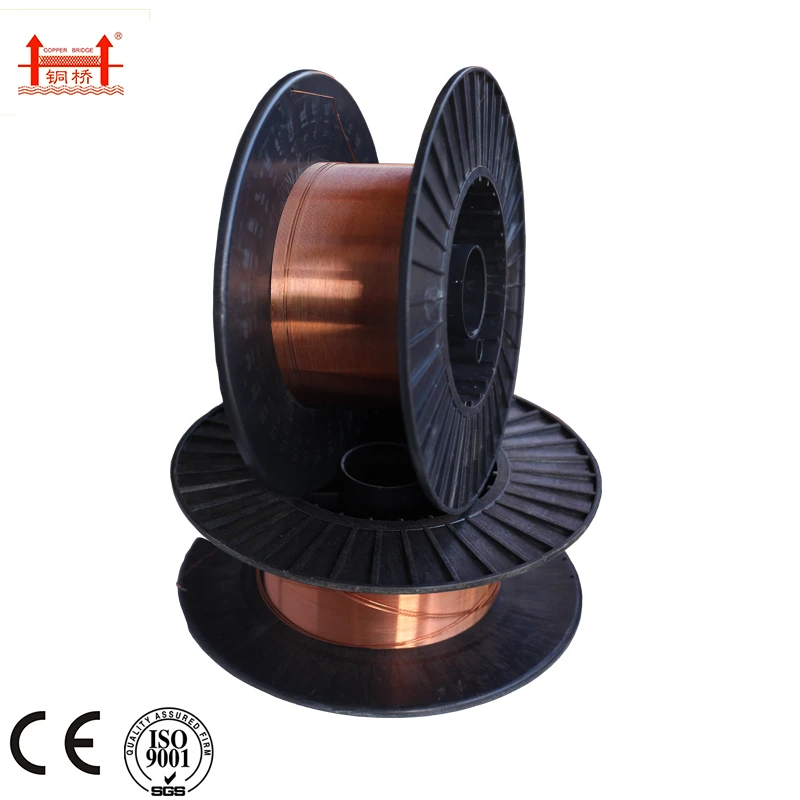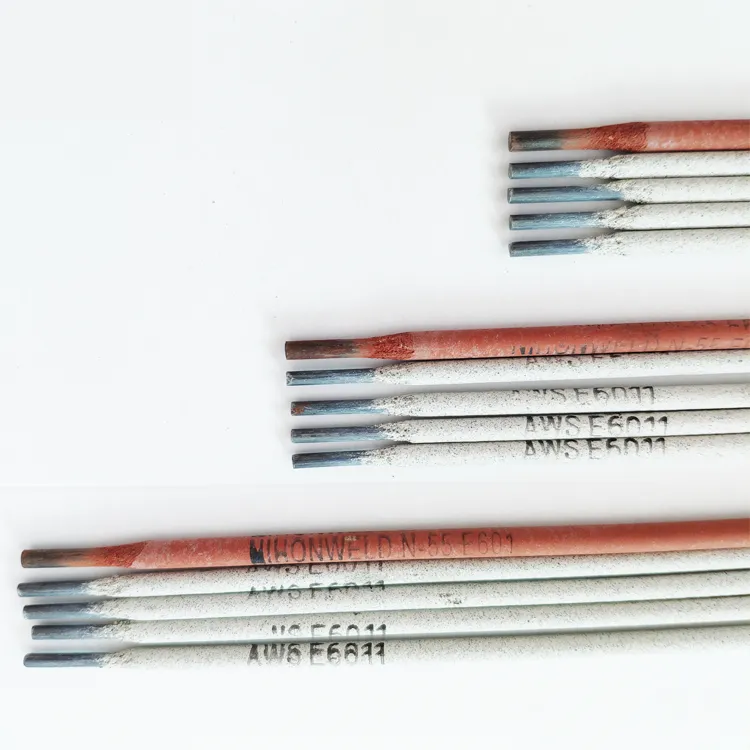Seeking reliable corrosion-resistant welding solutions? Explore the industrial performance, parameters, and applications of the e316l 16 electrode — a leader in stainless steel joining technology. This in-depth guide covers industry trends, manufacturing process, real-world case studies, and expert comparison with a focus on e316l-16 and related standards.
1. Industry Overview & E316l-16 Electrode Market Trends
The e316l 16 electrode family (also called e316l-16 welding rod) is an indispensable consumable for welding austenitic stainless steels, especially grades 316 and 316L. Thanks to its low carbon content, it minimizes carbide precipitation, enhancing post-weld corrosion resistance—a critical factor in chemical, petrochemical, power generation, and water treatment applications.
- 2023 Global Stainless Welding Electrode Market Size: USD 1.31 billion[1], with 5.1% CAGR projection (2024-2029).
- Key Growth Drivers: Increasing demand in pressure vessels, pharmaceutical equipment, food-grade piping, and offshore structures.
- Technical Trend: Shift toward ultra-low carbon formulations and stricter ISO/ANSI standards for safety & durability.
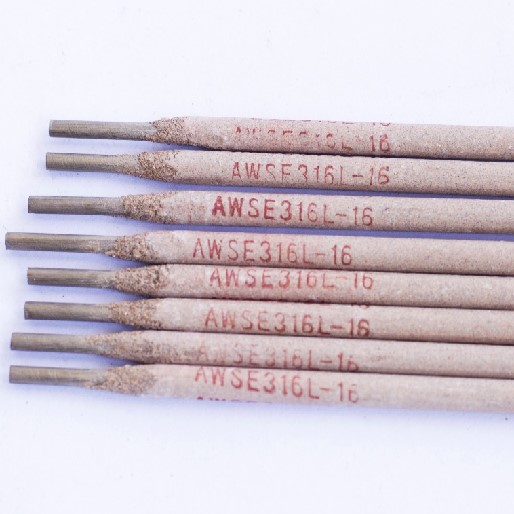
2. Product Parameters & Material Specification — What Does 316L Mean?
- 316L: "L" denotes “Low carbon” (≤0.03%), reducing intergranular carbide precipitation and ensuring superior corrosion resistance in chloride/humid service.
- E316L-16: American Welding Society (AWS) classification:
- E: Electrode
- 316L: Compatible with 316/316L stainless base metal
- 16: Rutile-silicate based covering for use with AC/DC
- Key alloying elements: 18% Cr, 12% Ni, 2-3% Mo. Mo ensures pitting resistance in saline/acidic/chemical atmospheres.
2.1 E316L-16 Electrode Parameter Table
| Product | Standard | Diameter (mm) | Length (mm) | Si (%) | Cr (%) | Ni (%) | Mo (%) | P/ S (%) | Current (A) |
|---|---|---|---|---|---|---|---|---|---|
| E316L-16 | AWS A5.4 / ISO 3581-A | 2.5 – 5.0 | 300 – 450 | 0.65 | 18.0 – 20.0 | 11.0 – 14.0 | 2.0 – 3.0 | <0.030 | 55–180 (AC/DC) |
2.2 Stainless Steel Electrodes E316l-16 — Technical Index Comparison
(Source: Product Data)
(E316L-16 VS E308L-16)
3. E316l 16 Electrode Manufacturing Process: Workflow & Quality
Raw Material Selection
Blending & Extrusion
Coating Application
Drying & Baking
Cutting & Packing
- Detection: 100% XRF chemical validation, tensile & bend testing as per AWS A5.4; visual/ultrasonic flaw detection for critical batches.
- ISO/ANSI Compliance: Process fully documented, traceability maintained from raw powder to final product (5800+ metric tons annual capacity).
3.1 Process Flowchart Video Reference
4. Manufacturer Comparison & Customization (E316L vs E308L vs E318L)
| Product | Typical Application | Key Features | Manufacturer | Certifications |
|---|---|---|---|---|
| E316L-16 | Chloride & acidic environments, food process, piping, industrial tanks | Superior pitting resistance, Low carbon, Acid/chemical durability | Jinlong, ESAB, Lincoln Electric | ISO 9001, CE, AWS A5.4 |
| E308L-16 | General stainless steel, brewery, kitchenware | Good weldability, Lower pitting resistance (no Mo) | Bohler, Kobelco | ISO 9001, AWS |
| E318L-16 | High-temperature process ( | Nb stabilized, Sensitization resistance | Nassco, Lincoln Electric | ISO 9001, EN 287 |
- Flexible customization (diameter, length, specific alloy adaptation)
- Proven supply to global pharmaceutical, oil & gas, and food equipment OEMs
- Rapid batch production & technical consultancy
- Multi-inspection protocol & real-time customer support
5. Application Scenarios: e316l 16 electrode Case Studies
-
Petrochemical Plant – Sulphuric Acid Transmission Pipeline
Challenge: Preventing chloride-induced pitting at pipe welds.
Solution: e316l 16 electrode selected for superior Mo content and smooth bead.
Result: Weld longevity of 8+ years, 99.6% uptime, 38% repair reduction vs E308L. -
Pharmaceutical Water Line Assembly
Parameter: High purity demand, 0.032% residual carbon achieved post-welding.
Certification: Full traceability per FDA/ISO 9001, no extractable metallic contaminates. -
Marine Platform (Offshore Facility)
Issue: High salinity > corrosion risk in welds.
Benefit: E316L-16 provided 27% higher saltwater corrosion resistance; passed 720h ASTM B117 salt-spray test. -
Food-Grade Tank Renovation (Italy)
Integration: Automated orbital welding with e316l 16 electrode, ensured low spatter and polishable finish.
Yield: Overall project delivery 2 weeks ahead; cleaning cycles frequency reduced by 16%.
6. Stainless Steel Electrodes E316L-16: Industry Certification & Authority
- Conforms to: AWS A5.4, ISO 3581, EN 1600, ANSI/AWS B2.1 standards
- Certifications: ISO 9001 (Quality), ISO 14001 (Environmental), CE marking, FDA equipment approval (for food/pharma-grade welding)
- Trusted Partners: Sinopec, BASF, Nestle Equipment, GEA, Siemens Water Technologies
- Service Longevity: 22+ years global supply (exported to 47 countries)
7. FAQ: e316l 16 electrode Technical FAQ
8. Delivery, Warranty & Customer Support
- Standard Delivery Cycle: 7–21 days (customized options 21–30 days depending on volume/spec).
- Warranty: 24 months against manufacturing defects (weldability, coating adhesion, mechanical compliance).
- Customer Support: 24/7 technical support, welding application consulting, and rapid product replacement services worldwide.
Contact us for a free E316l-16 custom solution & technical support.


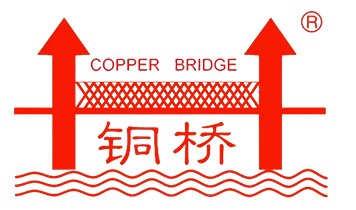
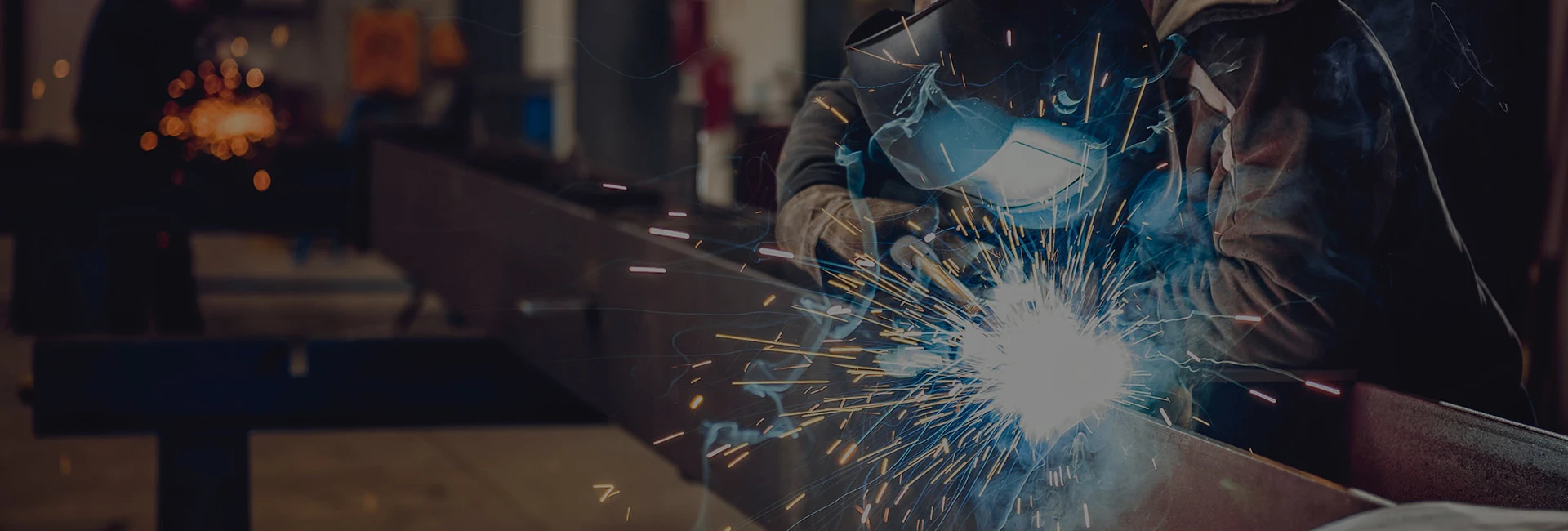

 Pervious
Pervious
